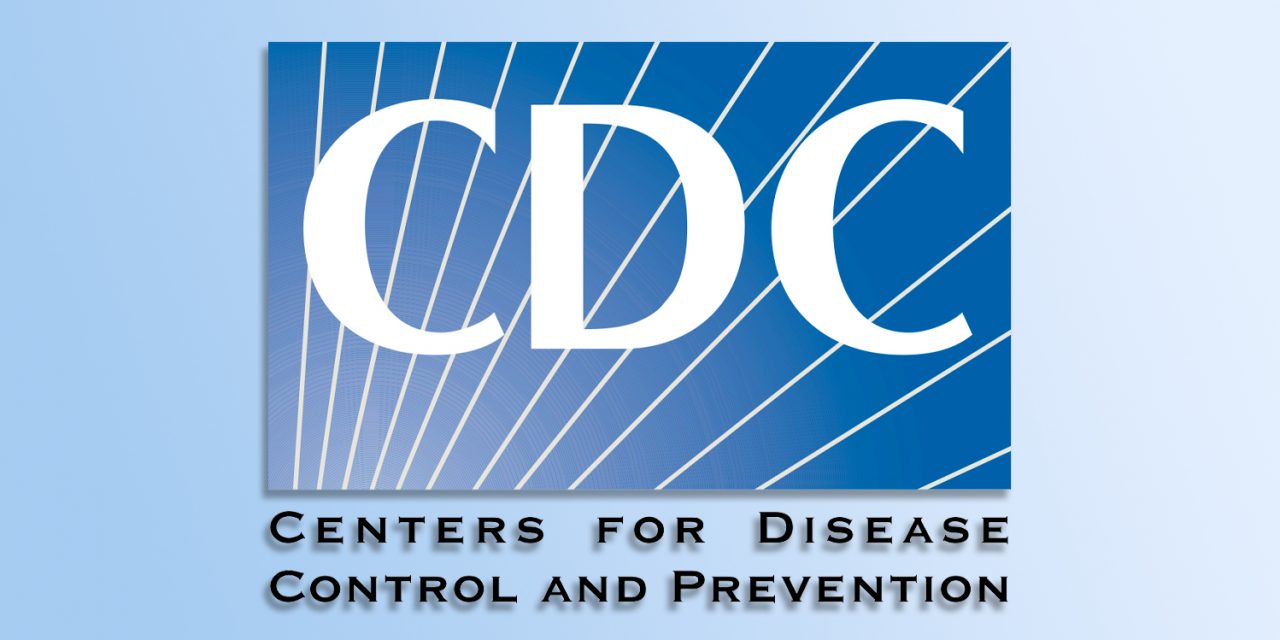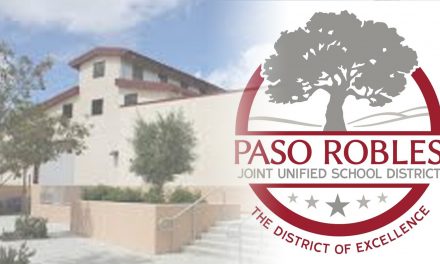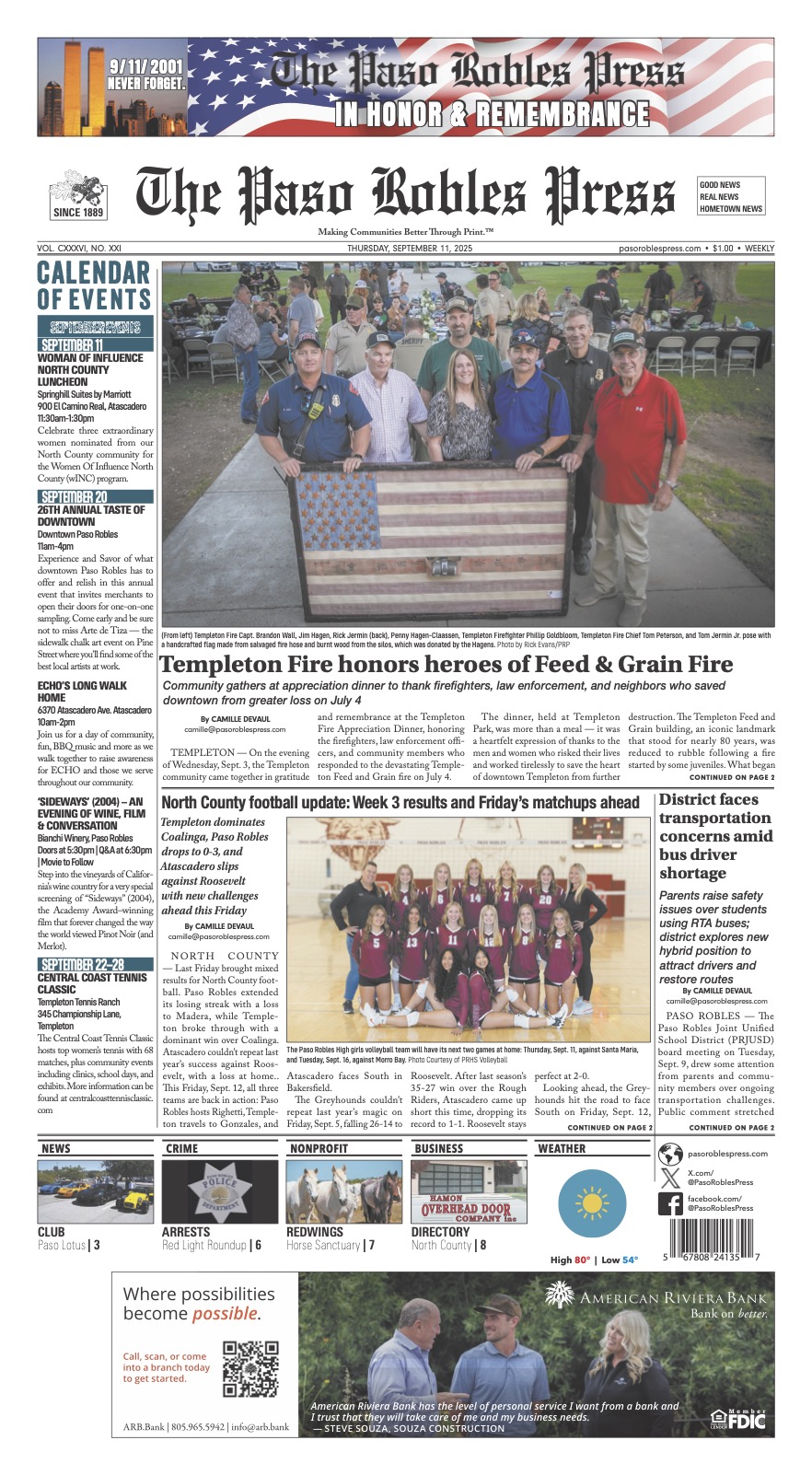California schools will be safely open for full in-person instruction
SACRAMENTO – On Friday, Jul. 9, the Centers for Disease Control and Prevention (CDC) issued updated K-12 school guidance that reinforced the shared priority of full in-person instruction for students, recommending mitigation strategies for schools to achieve such goal.
The CDC states that it fully understands that schools are an essential part of the infrastructure of communities. They provide safe and supportive learning environments for students that support social and emotional development, provide access to critical services, and improve life outcomes. They also employ people and enable parents, guardians, and caregivers to work.
Though COVID-19 outbreaks have occurred in school settings, multiple studies have shown that transmission rates within school settings, when multiple prevention strategies are in place, are typically lower than – or similar to – community transmission levels. CDC’s science brief on Transmission of SARS-CoV-2 in K-12 Schools and Early Care and Education Programs summarizes evidence on COVID-19 among children and adolescents and what is known about preventing transmission in Schools and Early Care and Education programs.
Schools should work with local public health officials, consistent with applicable laws and regulations, including those related to privacy, to determine the prevention strategies needed in their area by monitoring levels of community transmission (i.e., low, moderate, substantial, or high) and local vaccine coverage, and use of screening testing to detect cases in K-12 schools.
For example, a school in a community with substantial (50-99 new cases per 100,000 population in the last seven days) or high transmission ( ≥100 new cases per 100,000 population in the last seven days), with low teacher, staff, or student vaccination coverage, and with a screening testing program in place might decide that they will no longer require physical distancing (to ensure all students can access in-person learning), but will continue masking requirements until the levels of community transmission are lower or vaccination coverage increases.
As another example, a school in a community with substantial or high transmission, with a low teacher, staff, or student vaccination rate, and without a screening testing program should continue to require masks for people who are not fully vaccinated and might decide that they need to continue to maximize physical distancing.
The CDC continues to recommend masking and physical distancing as key prevention strategies. However, if school administrators decide to remove any of the prevention strategies for their school based on local conditions, they should remove them one at a time and monitor closely (with adequate testing through the school and/or community) for any increases in COVID-19 cases. Schools should communicate their strategies and any changes in plans to teachers, staff, and families, and directly to older students, using accessible materials and communication channels in a language and at a literacy level that teachers, staff, students, and families understand.
Many schools serve children under the age of 12 who are not eligible for vaccination at this time. Therefore, this guidance emphasizes implementing layered prevention strategies (e.g., using multiple prevention strategies together) to protect people who are not fully vaccinated, including students, teachers, staff, and other members of their households. The guidance is intended to help administrators, and local health officials select appropriate, layered prevention strategies and understand how to safely transition learning environments out of COVID-19 pandemic precautions as community transmission of COVID-19 reaches low levels or stops.
This CDC guidance is meant to supplement—not replace—any federal, state, local, territorial, or tribal health and safety laws, rules, and regulations with which schools must comply. The adoption and implementation of this guidance should be done in collaboration with regulatory agencies and state, local, territorial, and tribal public health departments and in compliance with state and local policies and practices.
Also, on Jul. 9, the Templeton Unified School District (TCSD) released a statement following the updated guidelines from the CDC by stating, “TUSD’s administration will carefully review these and identify their specific implications for our district. We will communicate more information when we have fully processed these updates. Further, we intend to convene a special board meeting in a few weeks to present these updates and have our Trustees give any relevant direction for the upcoming school year.”
TUSD also stated that nothing in the updated guidance changes the fact that TUSD schools will operate entirely in-person, five days per week, on regular daily schedules fr the 2021-22 school year.
Local decisions per school district have yet to be determined. However, over the next few weeks, each of the School Boards for Paso Robles, Templeton, and Atascadero will meet and discuss the 2021-22 school year and how in-person learning will commence.















